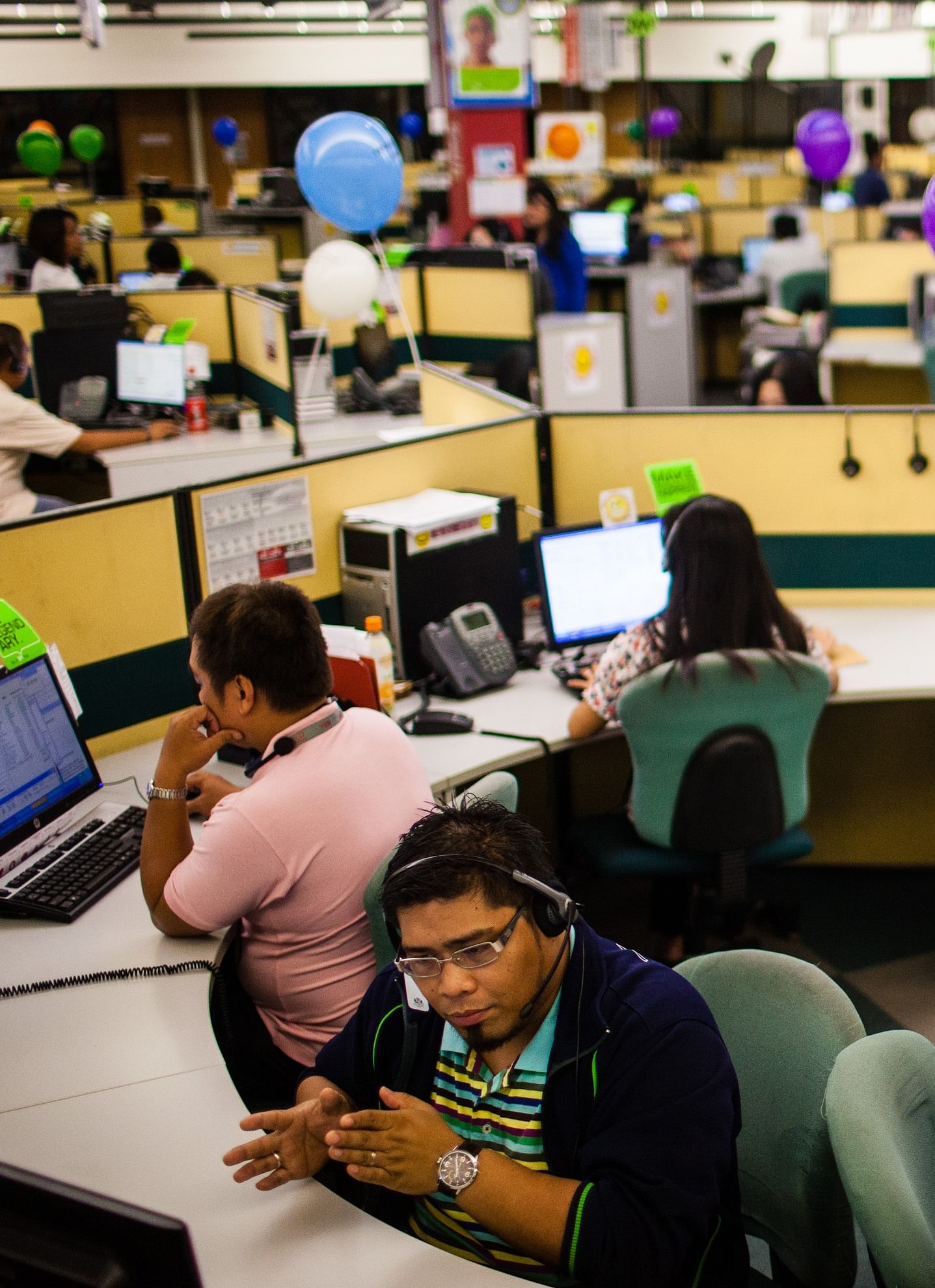Singapore has picked an opportune time to promote the growth of the region's digital economy in its capacity as Asean chair.
With around 80 per cent of Asean's population using the Internet and mobile phone ownership at over 100 per cent, the people are nearly ready to embrace the new economy.
At individual government level, the interest is clearly there: Malaysia set up the world's first Digital Free Trade Zone last year; Thailand has a multi-year blueprint to develop digital capabilities in all sectors of the economy, while Indonesia is focusing its attention on helping its SMEs digitise their operations. Singapore also has its own Smart City initiative. Even Vietnam, which is relatively less developed, has been busy investing in digital infrastructure.
But here comes the hard part: the digital divide within Asean.
As pointed out by the World Bank's 2016 World Development Report (WDR), this can be seen not only in the availability of Internet infrastructure but also in the adoption of digital technologies.
At the end of 2015, Internet users per 100 of the population were around 70 to 80 for Singapore, Malaysia and Brunei. Cambodia and Laos, however, had user density of below 20. Less than 25 per cent of Lao firms used e-mail in their business operations, compared with 80 per cent for the Philippines and 91 per cent for Vietnam.
The adoption of digital technologies in public delivery systems is also uneven across Asean countries, with implications for their economies.

For example, the development of a one-stop e-Customs facility, commonly known as National Single Window, remains problematic for many Asean members. What this entails is that while it takes six to 10 days to export products from Singapore or Malaysia, it takes around 20 days to export from the less developed Asean countries. The cost to exports also varies widely. It costs approximately US$2,000 (S$2,635) to transport a container out of Laos, whereas the same from Singapore, Malaysia, Thailand and Indonesia is below US$600.
This digital divide needs to be addressed if the Asean region as a whole is to be able to reap the full benefits of what technology has to offer going forward.
The WDR also flags other areas that require attention, including regulations and standards for businesses to operate in a digital environment, skills to match the demand of the new economy and supportive institutions.
Looking at a key indicator for innovation performance, that is, a country's expenditure in research and development, it can be observed that except for Singapore, R&D expenditure remains relatively low for most of the Asean countries.
Intellectual property protection is also threadbare in many Asean members, leaving ample room for technology theft and fake products in the region.
Finally, having people with the right training is a challenge for all Asean economies equally.
Even though countries like Singapore or Malaysia can be considered to be ahead in terms of broad educational indicators compared with the Philippines, Vietnam and Myanmar, they still do not have enough people with the skills needed for the new digital economy. All Asean countries are struggling to remain competitive in the face of severe competition from China and India, which are already advanced in information technology services and skilled manpower.
For instance, a country like the Philippines, which has had dramatic growth in business process outsourcing (BPO) companies, is now facing stiff competition from India and China as BPOs transition from being people-led to technology-led through increasing reliance on analytics and artificial intelligence. If Asean fails to develop a technology-enabled workforce similar to its rivals, it is likely to lose the race in the coming years.
Singapore as the Asean chair has proposed three broad areas for improvement - drafting regulations governing e-commerce, implementing the Asean Single Window for intra-regional trade and developing a network of smart cities in the region.
Although Asean countries have earlier agreed to pursue several regional initiatives, such as building IT infrastructure and trading in IT products, clearly a lot more work needs to be done across countries and sectors.
A lack of cross-border infrastructure, especially highways, rail network, warehouse and storage, needs to be resolved as otherwise it will hamper the growth of e-commerce activities. And, most importantly, more training and of the right kind is imperative if Asean is to attract investments and create jobs for its millions in the years to come.
The global digital economy is a rapidly changing one. Asean has to work harder to erase the digital divide and raise its game across the board if it is not to be left behind.
•The writer is lead researcher for economic affairs at the Asean Studies Centre of ISEAS - Yusof Ishak Institute, Singapore.

